18+ Sample Vulnerability Assessment Plan
-
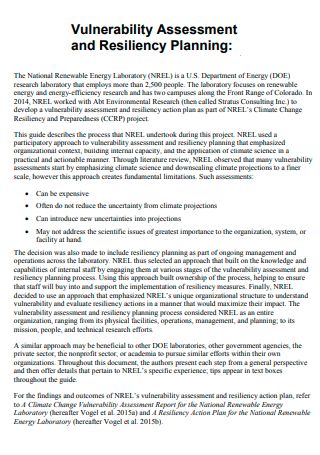
Vulnerability Assessment and Resiliency Planning
download now -
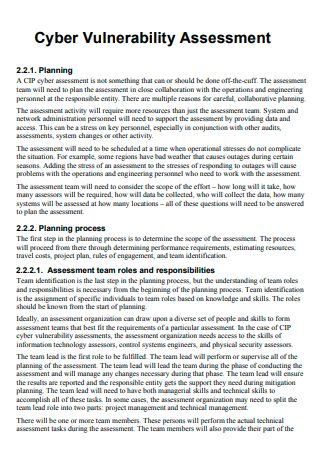
Cyber Vulnerability Assessment Planning
download now -
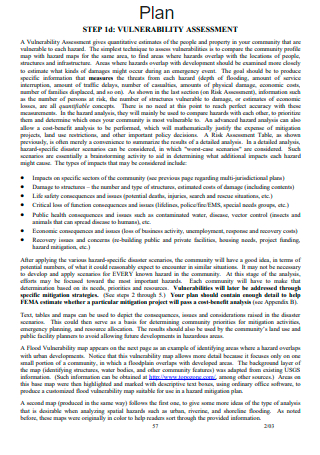
Vulnerability Assessment Plan Example
download now -
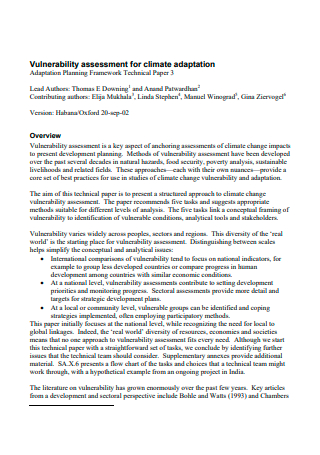
Vulnerability Assessment For Climate Adaptation Plan
download now -
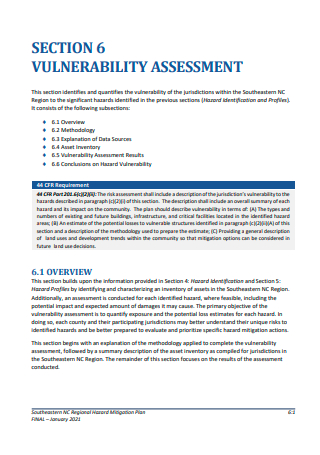
Vulnerability Assessment Regional Hazard Mitigation Plan
download now -
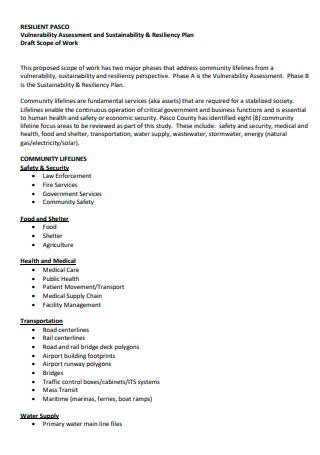
Vulnerability Assessment and Sustainability Plan
download now -
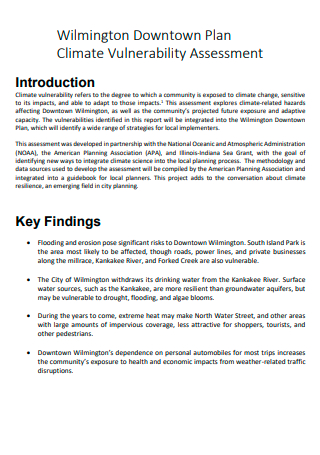
Climate Vulnerability Assessment Plan
download now -
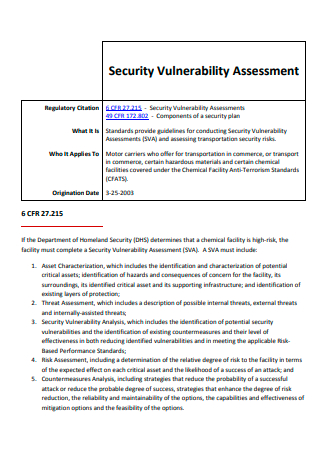
Security Vulnerability Assessment Plan
download now -
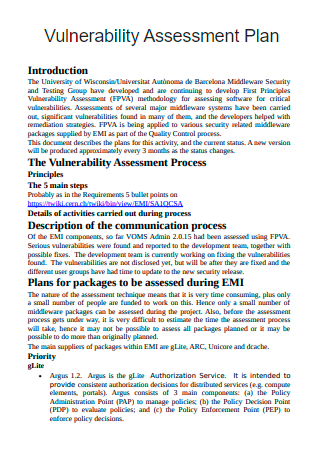
Vulnerability Assessment Plan in PDF
download now -
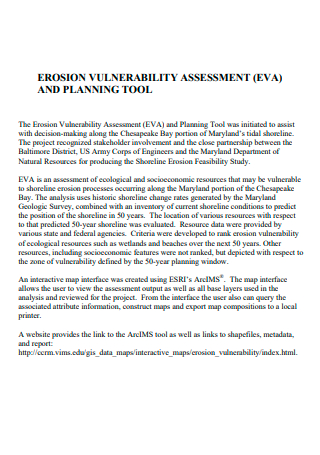
Erosion Vulnerability Assessment Planning
download now -
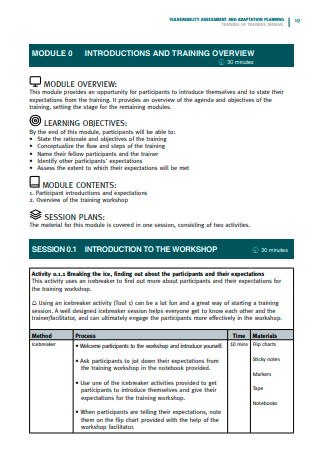
Vulnerability Assessment and Adaptation Plan
download now -
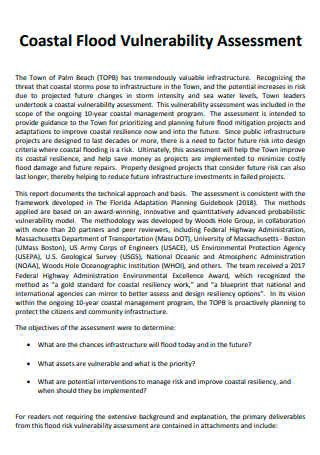
Coastal Flood Vulnerability Assessment Plan
download now -
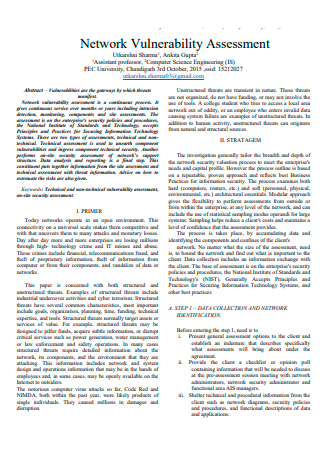
Network Vulnerability Assessment Plan
download now -

Cyber Security Vulnerability Assessment Plan
download now -
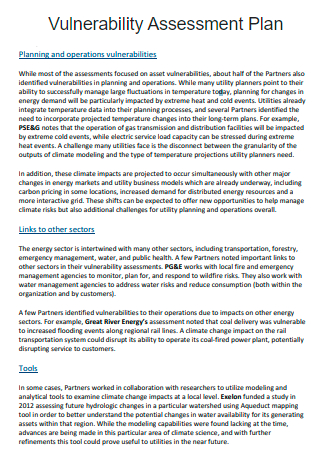
Printable Vulnerability Assessment Plan
download now -
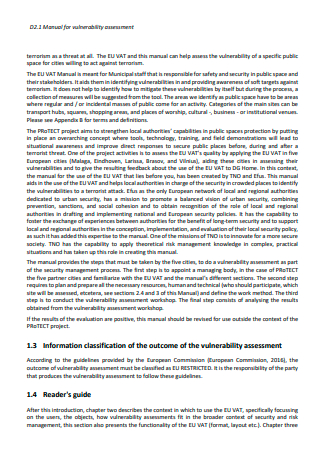
Standard Vulnerability Assessment Plan
download now -
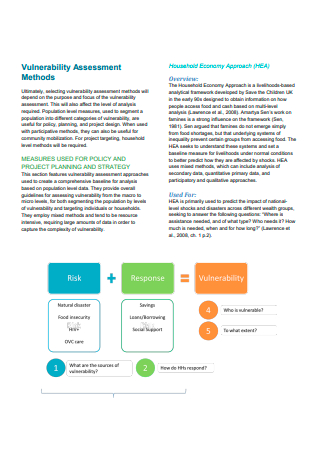
Vulnerability Assessment Methods Planning
download now -

Vulnerability Cost Assessment City Plan
download now -
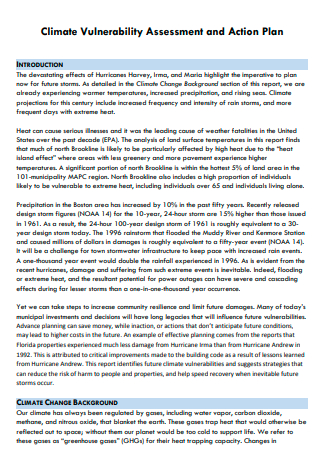
Climate Vulnerability Assessment and Action Plan
download now
FREE Vulnerability Assessment Plan s to Download
18+ Sample Vulnerability Assessment Plan
What is a Vulnerability Assessment Plan?
What Should be Included in a Vulnerability Assessment Plan?
Examples of Security Vulnerabilities
How to Perform a Vulnerability Assessment
FAQs
What is a host based vulnerability scan?
What does information security management mean?
How does unencrypted data affect a network’s vulnerability?
What is a Vulnerability Assessment Plan?
Before getting to the assessment plan, we should define what vulnerability assessment means first. The term Vulnerability Assessment refers to the process or the thorough review of any form of a security weakness that is present in any type of information system, application, or network. By performing a vulnerability assessment, it enables a network company to have an insight as to what are the risks associated with external attacks that seek to exploit vulnerabilities.
A vulnerability assessment plan refers to a document that clearly defines or outlines the objectives and tasks that are to be performed during the vulnerability assessment. This document also aids to streamlines the process by effectively outlining the security vulnerabilities that can be present on your network and resolving them accordingly.
What Should be Included in a Vulnerability Assessment Plan?
As with any other documents, there are some components that should be included in order to make it effective. With that being said, here are the key elements that make up an effective vulnerability assessment plan:
Examples of Security Vulnerabilities
Security vulnerabilities can come in different types. Here are some examples to be aware of:
How to Perform a Vulnerability Assessment
Performing an effective vulnerability assessment is critical to detect and remediate any minor or critical security vulnerabilities that may be detected inside a system. When left undetected, vulnerabilities can heavily compromise the normal operations of a system. With that being said, here are the steps to follow when conducting the assessment:
-
1. Initial Identification and Analysis
Before performing the vulnerability assessment, it is critical to perform an initial identification first. What is included here and what should be done? To begin, you need to identify the assets and identify the risk and crucial worth for each item, such as a vulnerability scanner for security assessments. Why is this done? This is because it is critical to determine the significance of the devices on your network or the devices that will be tested. It’s also essential to know if the device (or devices) may be accessible by anybody in your firm.
-
2. Gather Information About the Systems
After performing the initial identification/assessment, the next thing to do prior to doing the vulnerability assessment is to acquire the necessary information about the systems. Examine the device for open ports, processes, and applications that should not be open. Understand the allowed drivers and software that really should be loaded on the device, as well as the basic device settings. As an example, if the item is a perimeter device, it should not be set up with a default administrator account. In this stage, you should also collect publicly available information and vulnerabilities about the device platform, version, vendor, and any other pertinent facts.
-
3. Scan for Vulnerabilities
After gathering the important information about the system, the next step to do would be to perform a vulnerability scan. Examine any regulatory requirements depending on your company’s posture and business before beginning the vulnerability check, and determine the ideal time and date to complete the scan. It is also critical to understand the client’s industrial context and evaluate if the scan can be completed all at once or if segmentation is required. A very essential task to perform in this step is to re-define and obtain permission for the policy that will be used for the vulnerability scan. In case of a manual scan being required for optimal results, you need to configure accordingly the credentials on the scanner’s settings menu in order for this step to work much more effectively. And when performing the scan, keep in mind to do it when the traffic to the target system is at its lowest to avoid any unnecessary complications such as an overload.
-
4. Interpret the Results of the Scan
After performing the scan and getting the results, the next step would be to perform the necessary interpretations to find out what to do next. In order to do this step effectively, it is critical to have qualified staff personnel that can configure, run, and analyze the findings of a vulnerability scan. It is also necessary to understand the scanned system in order to correctly prioritize remedial activities. Even while each vulnerability screening program automatically prioritizes vulnerabilities, there are still specific types of vulnerabilities that should be prioritized.
-
5. Create the Report
After interpreting the results, now comes arguably the most important part which is creating the report. To do this effectively, pay close attention to all of the specifics and strive to offer value throughout the suggestions phase. You can also add suggestions that are based on the initial assessment aims to get the most out of the final report. Additionally, risk mitigation measures depending on the criticality of the assets and results should be included. Lastly, add findings on any potential gaps that can exist between the results and the system baseline definition, as well as recommendations for correcting the deviations and mitigating any risks.
FAQs
What is a host based vulnerability scan?
A host-based vulnerability scan is referred to as a scan that looks for vulnerabilities in network hosts such as PCs (personal computers), laptops, and servers. This scan primarily looks at the host configuration, user directories, file systems, RAM (random access memory) settings, and other data that may be found on a host. This scan is mainly concerned with network endpoints along with their corresponding internal system configurations and operations. When the results of a host-based vulnerability scan are ignored, it can lead to various misconfigurations and inconsistencies in network endpoints which lead to hackers being able to move more freely throughout the system. As a result, it can be a massive disaster for the network company.
What does information security management mean?
ISM, or better known as information security management, establishes and administers the controls that an organization must apply to guarantee that the privacy, accessibility, and authenticity of assets are properly protected from threats and vulnerabilities. It is also a set of rules and procedures that help you manage security and risks methodically and throughout your whole organization (information security). These security measures might adhere to mainstream security protocols or they can also be industry-specific.
How does unencrypted data affect a network’s vulnerability?
Unencrypted data can affect the vulnerability of a network system by making it simpler for attackers to steal and utilize data. Unencrypted data on a network system can prove to be a serious risk to businesses of all sizes. Although encryption will not prevent an attack, it serves as an effective deterrent against attackers who may attempt to use stolen information by converting it into a bunch of nonsensical ones and zeroes until such time that it can be decoded. Encryption also gives consumer protection teams enough time (depending on how well-encrypted the system is) to warn impacted parties so that they can adopt anti-identity theft steps to avert harm.
Different vulnerabilities are present in any given system in any given period of time. If a vulnerability assessment is frequently and thoroughly conducted, there is a chance that the vulnerabilities can be detected and the appropriate remedy can then be performed on the affected system. Until such time, it remains hidden and can be exploited if someone is knowledgeable enough to do so. This can lead to disastrous consequences. Vulnerability assessment may be a complex process, but they have proved to be an effective pillar for the defenses of any given system. In this article, examples of a vulnerability assessment plan are ready to be downloaded for use as a reference should the need arise.
